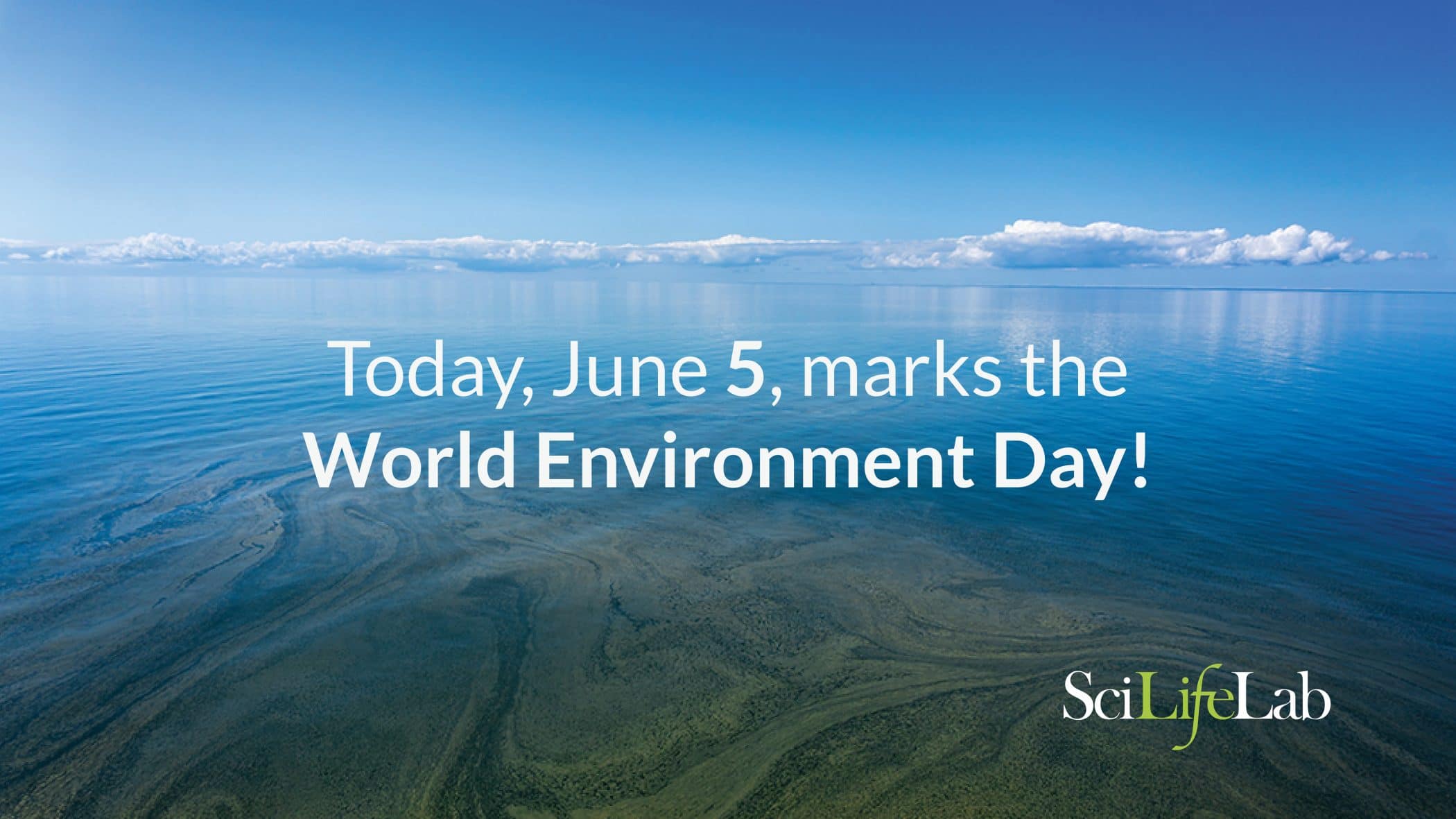World Environment Day June 5: Environmental Highlights from SciLifeLab
Although our news feed has focused mainly on the ongoing COVID-19 research at SciLifeLab, our scientists and units are often involved in environmental research. Here are a few of our latest articles focusing on the environment!
New genetics study reveals unknown relationship between the Taiga and Tundra Bean Goose
Enabled by the SciLifeLab National Genomics Infrastructure (NGI), researchers from Uppsala University, University of Oulu (Finland), and Wageningen University & Research (the Netherlands) studied the relationship between two species of geese, the Taiga Bean Goose, and the Tundra Bean Goose. Based on their results the authors argue that both groups should be treated as subspecies instead of species.
Hybridization between birds more common than previously thought
Facilitated by the SciLifeLab National Genomics Infrastructure (NGI), researchers from Uppsala University and Princeton University have been able to show that the beak morphology of Darwin’s finches has been affected by hybridization – gene exchange between two closely related species – something previously thought to be very rare. The study was published in Nature Ecology and Evolution.
DNA from 1/3 of the Baltic Sea plankton catalogued
An international collaboration, led by Anders Andersson (SciLifeLab/KTH), has assembled the genomes of hundreds of bacterioplankton species from the Baltic Sea. In the study, published in Communications Biology, the researchers show that by having this large number of genomes from the same ecosystem, the ecological niche of individual species can be predicted directly from their genomes with machine-learning. The comprehensive genome catalogue will serve as an important resource for studying aquatic ecosystems.
Cryo-EM reveals unexpected diversity of Photosystems
Researchers from SciLifeLab have reconstructed the atomic models of new forms of Photosystem I in collaboration with scientists from Tsinghua University (China) and Tel Aviv University (Israel). The studies, published in two Nature Plants articles, expand on the fundamental understanding of how bioenergetic complexes are assembled and regulated in the photosynthetic membranes of cyanobacteria and algae.
Dingos evolved from domesticated Indonesian village dogs
According to a study, led by SciLifeLab researcher Peter Savolainen (KTH), the Australian dingo derives from domesticated dogs. Scientists have long suspected this but up until now, no genomic studies to confirm the hypothesis have been conducted. Their migration to Australia began 9,900 years ago when they split off from their ancestors, the Indonesian village dog.





